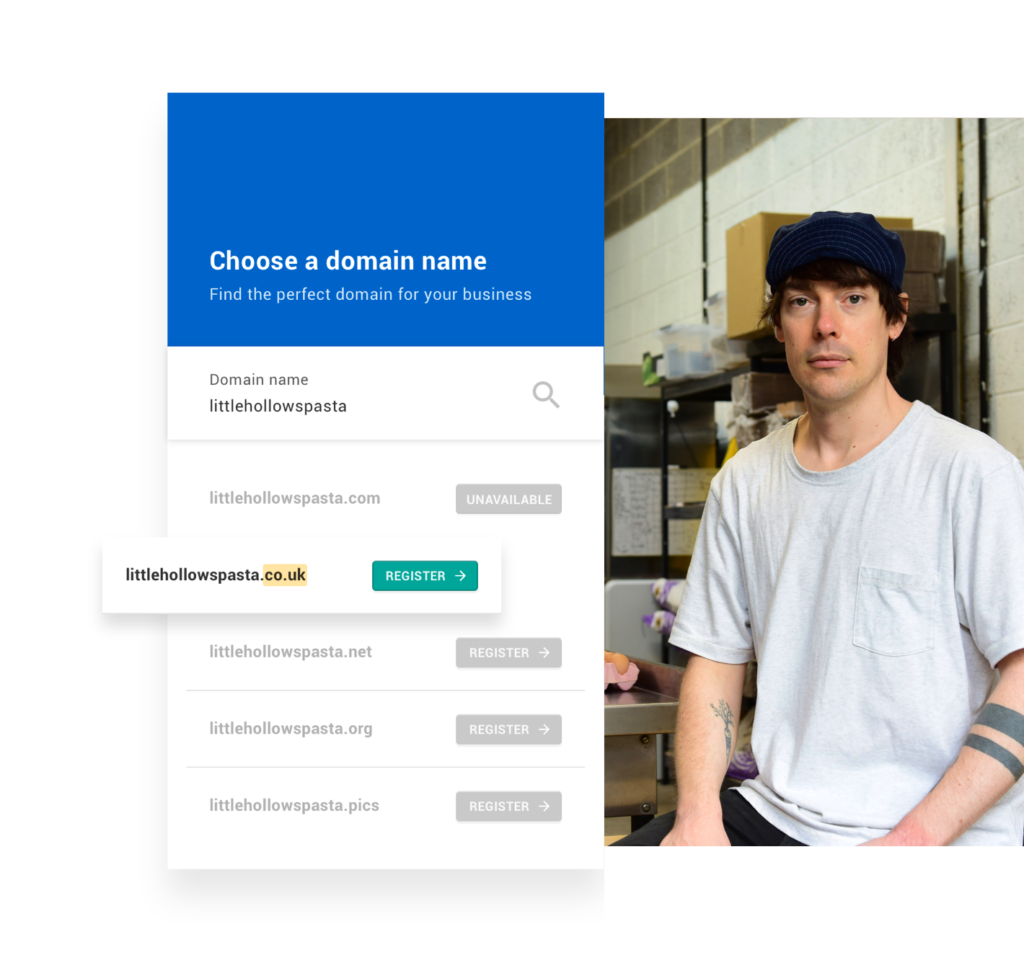You’ve perfected the interior design, you’ve tweaked the menu until you’re happy with it and your staff is ready to go. But how are you going to get the new customers you need for your restaurant to thrive? We’re going to look at how you can use Search Engine Optimisation (SEO) to help your restaurant’s website get noticed with people in your local area. Local SEO can increase your brand reputation, drive more customers to your restaurant, provide cost-effective marketing and increase customer engagement!
What is local SEO?
SEO is a way of applying elements to your website that makes it easier for search engines to index and rank it. This means that robots scan your website and decide what it is trying to do or sell. If it seems relevant or useful to people the robots will push your website up the search engine results so it gets noticed by more people. You can do this in multiple ways, using keyword implementation, optimising your web design, or using a good website builder with some SEO techniques built in.
This is fine if you have a company that is global or national, but if you have a geographically specific company like a restaurant or a bar, then it doesn’t matter if your restaurant is the first result on Google in the Marshall Islands; that isn’t going to get you any more customers. Instead, you want to use local seo techniques to make sure people in your area are more likely to see your restaurant’s website.
Think about when you’re looking for a new restaurant in your area – what do you search for? If you’re anything like us, it will be something along the lines of “restaurants near me”. Let’s look at how you can make sure your restaurant is one of the first results they see.
Set up a Google My Business page
Google is the most used search engine and it is very adept at showing people what they are looking for close to where they are. This is due to the fact that many companies have a Google My Business page, which means they show up on Google Search and Google Maps as a certified business.
When creating your Google My Business page, be aware that this is likely to be the first thing a potential customer will see of your restaurant. Choose high quality pictures – of your restaurant and your food – and add a description of what you offer. Make sure all the information you include is up to date, especially the address, opening hours and phone number.
Use your social media pages
Social media is an important marketing tool for local businesses. You can use beautiful images to showcase your food and restaurant, publicize offers and discounts, and drive engagement with your potential customers. Make sure in each account you have your website address, physical address and phone number to make sure they can contact you.
Publish your menu on your website
How many times have you visited a restaurant’s web page and there isn’t a menu to peruse? Don’t be that restaurant. Typically people search for the menu when they’ve decided on a specific restaurant, so if you can take them to your website immediately and show them a well-designed menu then you are likely to increase your conversion rate.
Make sure your site is mobile friendly
The vast majority of people searching for restaurants will be using a mobile device when they are already out and about in a certain area. If your website isn’t optimised for mobile usage then people are likely to quickly lose patience and choose another option. In fact, Google ranks responsive websites higher, so make sure you choose a website builder like Go Sitebuilder that ensures that your website can be used across desktops, tablets and mobile devices.
Get local citations
A local citation is anywhere on the internet where a website (that isn’t your own) mentions the name, address and phone number for your business. Google My Business is a great place to start, but consider branching out into other areas like Yelp and Trip Advisor, as well as more local options. Does your area have a local restaurant listing website, or is there an online local magazine that has a section on places to eat in the area? The more places your website and business information shows up on the internet, the better.
Your restaurant is local, so make sure your SEO is as well! If you’re looking for a website builder to help you create a beautiful web design to show off your restaurant, why not try Go Sitebuilder? We know you’re busy, so we provide pre-made templates custom-made for industries such as restaurants so you can get back to what you do best.
Try our 14 day free trial today and see how a website can help you grow your business!










